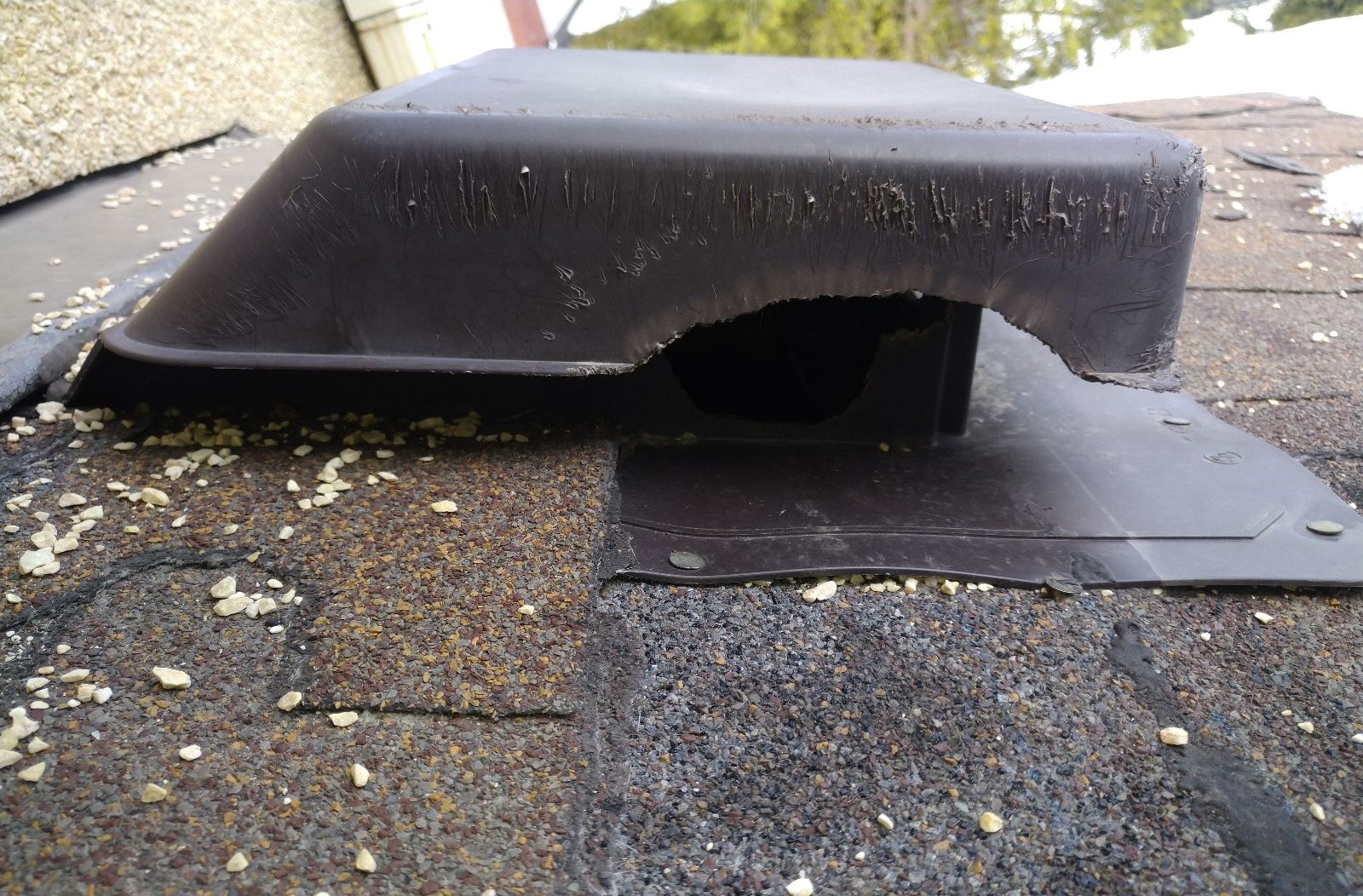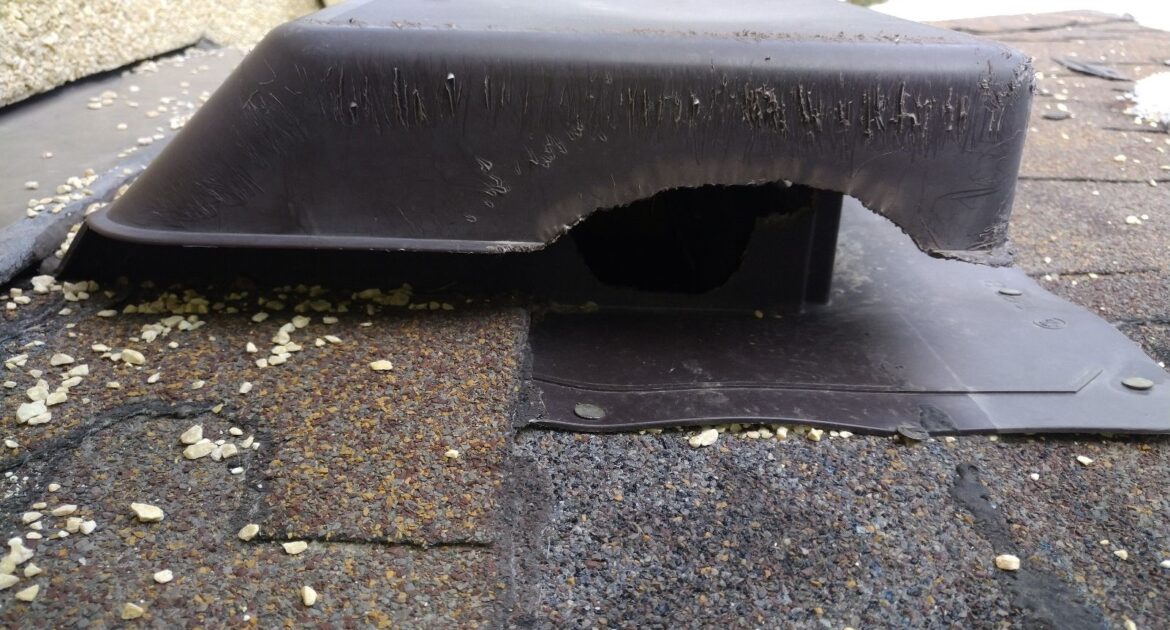Squirrels are resourceful animals that can easily find their way into your home, often through roof vents. These small openings provide easy access to your attic, offering warmth and shelter, especially during colder months. The problem? Once inside, squirrels can cause significant damage—chewing wires, destroying insulation, and leaving droppings that pose health risks.
Protecting your home starts with squirrel-proofing your roof vents. Using durable materials and proper techniques can keep these animals out and prevent costly repairs. Look out for signs like scratching noises, damaged vent covers, or droppings near your vents. Acting quickly can save you from bigger problems down the road.
Don’t wait until the damage is done—safeguard your roof and keep your home safe by addressing squirrel intrusions early!
Squirrel Behaviour and Why Roof Vents Are Targeted
Squirrels are always on the lookout for safe, secure spots to build their nests, especially during mating seasons or when seeking shelter from winter’s chill. Roof vents, often made of lightweight materials like plastic or aluminium, are no match for a squirrel’s sharp, powerful teeth.
If vent covers or screens are not installed or become damaged, squirrels can easily chew through the material to gain access. Once inside, they can create messy nests, soil insulation, and even chew on electrical wires, causing significant damage.
- Roof vents provide a subtle access point for animals.
- Vents are often located in high, quiet areas away from human activity.
- Wildlife such as squirrels are skilled climbers, using trees, power lines, and walls to reach rooflines.
- They can squeeze through gaps larger than two inches, making small openings an easy entry point.
- Squirrels are experts at finding vulnerabilities caused by wear, aging materials, or improper installation.
At Skedaddle, we’ve seen countless homes where squirrels have entered attics through roof vents. In some cases, entire vent caps have been gnawed away or improperly secured vents have been pushed out of place.
These issues often worsen if left unaddressed, as other animals may also take advantage of the entry point. That’s why it’s so important for us to help homeowners identify and fix these vulnerabilities before they escalate into bigger problems.
Importance of Squirrel-Proofing Roof Vents
Squirrel-proofing roof vents might not be a priority for many homeowners, but it’s a crucial step in protecting your home. Unsecured vents can lead to costly damage, safety risks, and serious headaches down the line.
Squirrels can chew through plastic-coated electrical wiring, causing short circuits or even fire hazards. They also damage attic insulation, contaminating it with waste that creates foul odours and health risks. Their nesting materials—like twigs, leaves, and paper—are highly flammable, adding another fire risk.
Structural damage is another concern. Squirrels chew through wood, drywall, and other materials, weakening your home’s integrity and leading to repair bills that can climb into the thousands.
The solution? Squirrel-proof your roof vents with heavy-duty steel covers. This simple step protects your home from wildlife intrusions and the costly damage they bring. After clearing out any existing animals, it’s also important to deodorize the area to remove pheromones that could attract more wildlife.
Prevention is always better than dealing with expensive repairs. Protect your home and keep squirrels out for good!
Recognizing the Signs of Squirrels in Roof Vents
Squirrels in your roof vents can cause significant damage if not addressed quickly. Recognizing the early signs is key to solving the issue before it escalates. These signs are often easy to notice if you know what to look for:
- Scratching, scurrying, or gnawing noises, especially at dawn or dusk, are strong indicators. Squirrels are most active during these times and often make noise while moving or nesting in your attic.
- Chewed or damaged vent covers are another red flag. Squirrels can quickly bite through plastic or thin metal, leaving noticeable marks or creating holes large enough for entry.
- Droppings and nesting materials, such as shredded insulation, leaves, or twigs, are clear signs of squirrel activity near vents or inside the attic.
- Frequent sightings of squirrels on your roof or around vent openings suggest they’ve already made their way inside.
If you notice any of these signs, it’s important to act quickly. Squirrels can be defensive of their nests, especially during mating and nesting seasons. At Skedaddle, we recommend reaching out to professionals to ensure effective, humane removal and to prevent further damage. Don’t let the problem escalate—address it early for peace of mind.
How Skedaddle Can Help Protect Your Home
Squirrels in roof vents can create serious issues, but with the right expertise and methods, the problem can be effectively resolved. Our process begins with a thorough inspection to identify how squirrels are gaining access and to pinpoint any other vulnerabilities in your home. This approach not only addresses the current issue but also helps prevent future problems.
Our solutions go beyond simply removing the animals. Entry points are sealed with heavy-gauge steel screens that squirrels cannot chew through. Affected areas are cleaned and decontaminated to remove hazards like droppings or urine, while deodorization eliminates scent trails that might attract more wildlife.
A humane approach is central to our methods, especially during mating seasons when nests often contain babies. Our technicians safely remove nests, placing the babies in secure reunion boxes outside, where they can be reunited with their mothers. This ensures the family stays together while preventing re-entry into your home.
By addressing the root causes, repairing damage, and implementing effective prevention strategies, homeowners can protect their properties and avoid costly repairs in the future.
Keep Squirrels Out for Good
Squirrels may be resourceful, but with the right preventative measures and expert support, you can keep your home safe from their intrusions. Roof vents are often overlooked as entry points, but as we’ve seen, they provide easy access for squirrels to enter your property.
By understanding the risks, recognizing the signs, and taking proactive steps to secure your home, you can deter these animals before they cause damage.
If you suspect squirrel activity in your home, don’t wait. Contact Skedaddle today to schedule an inspection and protect your property from further harm. Our expert team is here to help you every step of the way, from removal to long-term prevention.




